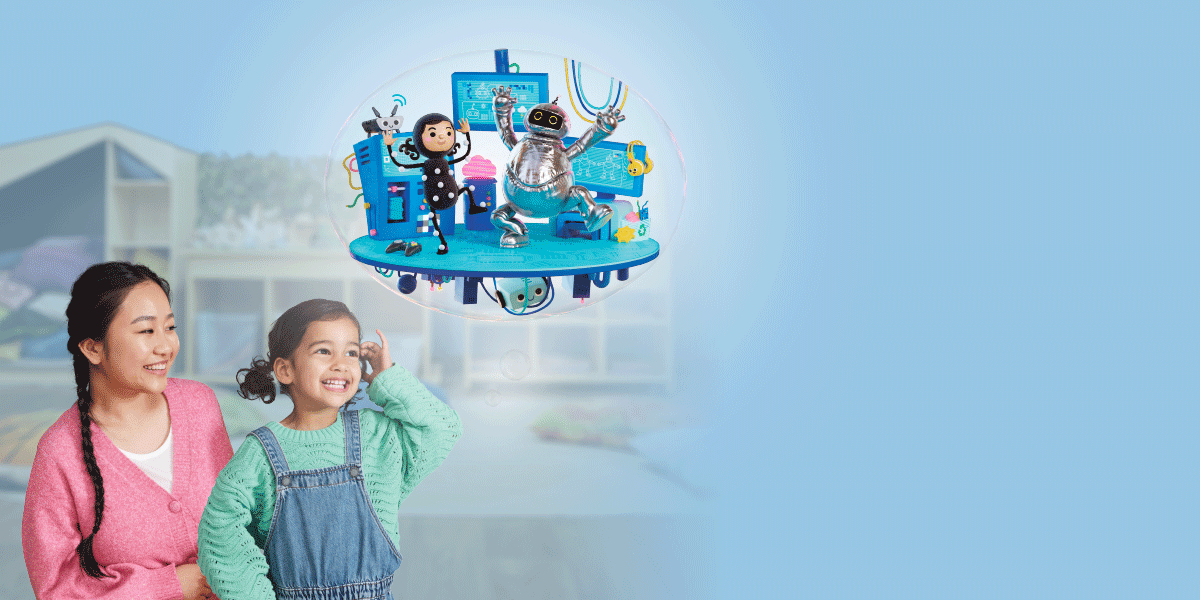In Year 9 chemistry, you will start to understand how chemical reactions work.
Chemical reactions are vital for our survival; they allow living things to grow, develop, reproduce, and adapt. They are also used to produce different materials, manufacture food, the list really goes on! You witness chemical reactions happening in your daily life too, and some of these will be discussed in this article.
Before you dive into this article, write down a chemical reaction that you know of. We’ll come back to it later.
What is a Chemical Reaction?
Chemical reactions occur when chemical bonds between atoms are either broken or formed. The atoms that react in a chemical reaction are called reactants. Upon reacting, the atoms within the reactants rearrange to form products. When a chemical reaction occurs, a new material is produced, which is usually very different to the starting substances.
It is important to note that during a chemical reaction, mass is not created nor destroyed. This means that the type and number of atoms that we start with is the same as what we end with. The atoms are just found in different compounds. Chemical reactions are usually denoted as a chemical equation - the reactants are shown on the left side, followed by an arrow, and then the products.
For an example, let’s look at the reaction between Iron Oxide and Carbon Monoxide. These two substances react together to form Iron and Carbon Dioxide.
FeO + CO --> Fe + CO2
Let’s count the number of atoms on either side to see if the Law of Conservation of Mass is satisfied.
The right side has one iron atom, two oxygen atoms and one carbon atom. As you can see, the right hand side also has the same (the subscript, 2, next to the oxygen symbol tells us that we have two of them).
If the number of atoms on either side don’t equal each other, the equation needs to be balanced.
Reactions with Acids
In Year 9 Chemistry, you are expected to know the reactions between acids and other substances. An acid is a substance that has a low pH, is corrosive and tastes sour.
Acid and Metal
The first of these is the reaction between an acid and a reactive metal – the product of this reaction is a salt (ionic compound) and hydrogen gas.
Acid + Metal --> Salt + Hydrogen Gas
Some examples of reactive metals are magnesium, iron, and zinc.
Acid and Base
A base is a substance that has a pH that is greater than 7. When an acid reacts with a base, a neutralisation reaction occurs, and the products are a salt and water.
Acid + Base --> Salt + Water
If an equal amount of strong acid and strong base is combined, the resulting solution will have a pH of 7, hence the name neutralisation reaction.
Acid and Metal Carbonates
Metal carbonates are ionic compounds that consist of a metal joined to the carbonate ion (CO32-). The products of this reaction are carbon dioxide, a salt and water.
Acid + Metal Carbonate --> Salt + Water + Carbon Dioxide
Is it Endothermic or Exothermic?
As we discussed above, during a chemical reaction, chemical bonds are either broken or formed. In general, when chemical bonds are formed, heat is released, and when chemical bonds are formed, head is absorbed.
Following on from this, reactions can be classified as two ways: endothermic or exothermic.
In endothermic reactions, the system absorbs heat from the surroundings. As a result, the surroundings get cooler. Some examples are ice melting, cooking an egg and water evaporation.
In exothermic reactions, the system releases heat into the surroundings. As a result, the surroundings get hotter. Lightning a fire, freezing water and nuclear fission are all exothermic reactions.
Have a think about the reaction that you wrote down at the beginning of this article. Do you think it is an endothermic or exothermic reaction?
Applications of Chemical Reactions
It is important that we gain an understanding of the chemical reactions that happen all around us. It is fascinating when we can relate what we learnt to real life! The following are three examples of some important chemical reactions.
Combustion
Combustion is a process in which something gets burnt – it is an exothermic reaction (gives off a lot of thermal energy). The energy produced is used for various purposes, such as transportation, to generate electric power or provide heat.
A fuel reacts with an excess of oxygen, to produce carbon dioxide and water. As you can probably infer, combustion releases a lot of carbon dioxide into the air, which is harmful to the environment.
Fuel + Oxygen (O2) --> Carbon Dioxide (CO2) + Water (H2O)
If there is not enough oxygen available, carbon monoxide will be produced instead of carbon dioxide. This substance is incredibly toxic to humans!
Fuel + Oxygen (O2) --> Carbon Monoxide (CO) + Water (H2O)
Photosynthesis
Photosynthesis is a biological process in which plants convert light energy (from sunlight) into chemical energy. Since energy is being absorbed, photosynthesis is an endothermic reaction.
In this reaction, carbon dioxide reacts with water (in the presence of sunlight) to produce glucose (a sugar) and oxygen.
CO2 + H2O + sunlight --> C6H12O6 + O2
Is this equation balanced? If not, see if you can balance it.
Cellular Respiration
Cellular respiration is the opposite process to photosynthesis. This is where cells convert glucose into energy that can be used. Therefore, this is an exothermic reaction. This process occurs in the cells of animals, plants, and fungi.
C6H12O6 + O2 --> CO2 + H2O + ATP energy
Chemical reactions are all around us, and they play such an important role in our everyday lives. As such, this topic is very fascinating to learn about, and hopefully you learnt something new as you read this article!





